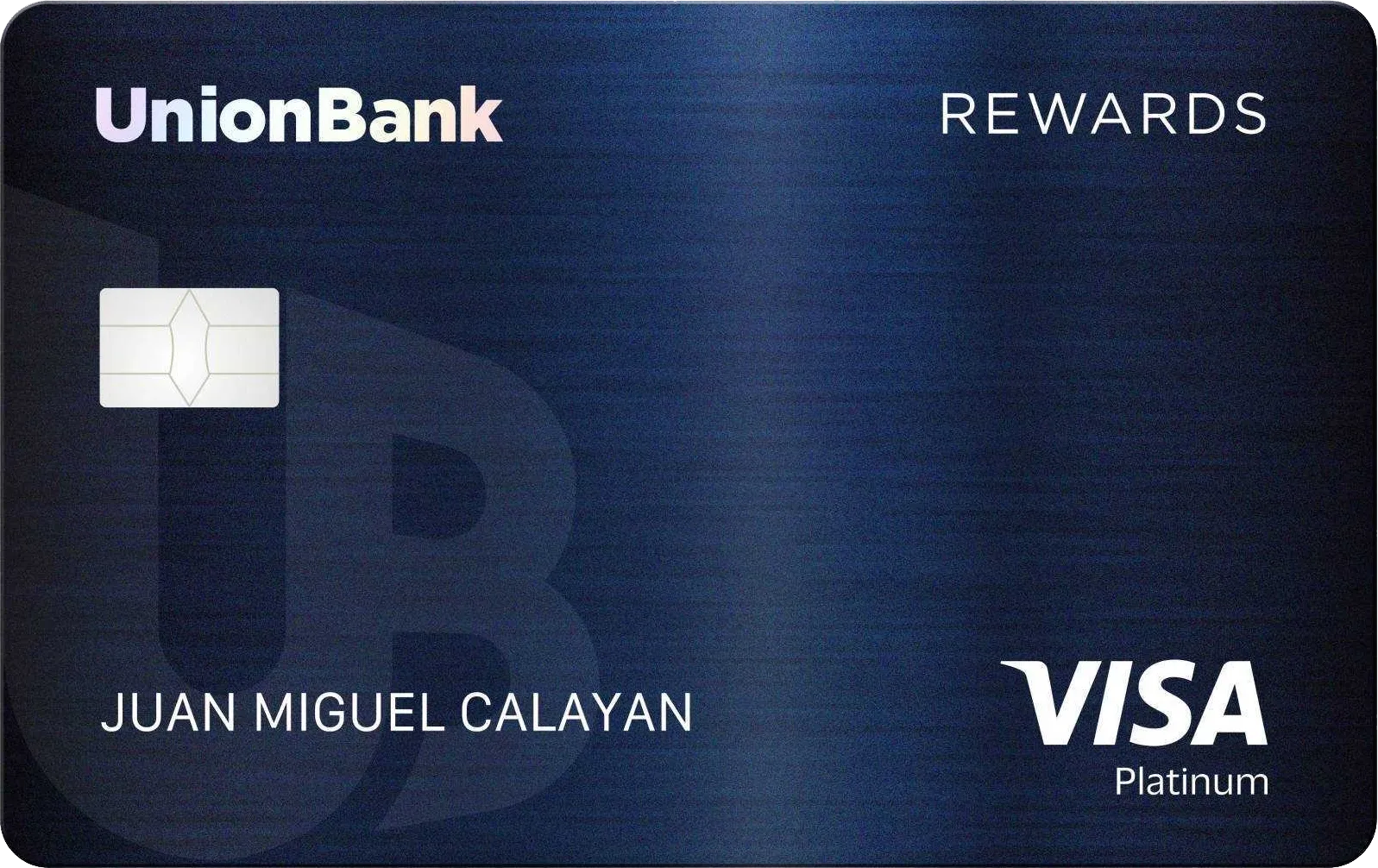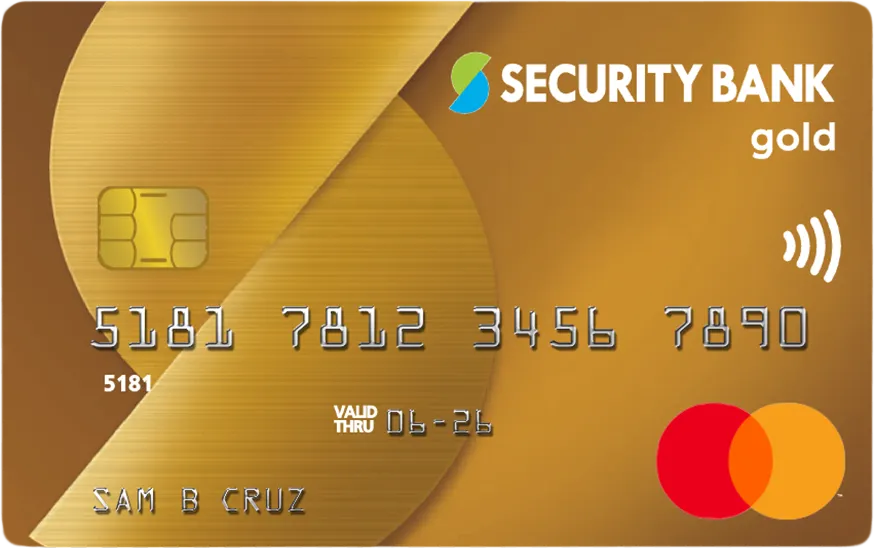Deep dive into credit cards:
Credit card basics | Cashback credit cards | Student credit cards | Hotel and travel booking credit cards | Airline credit card
Read our credit card reviews

UnionBank Rewards Credit Card review
UnionBank Rewards Credit Card – Earn points fast and enjoy exclusive perks! Shop, dine, and redeem rewards with ease.

Metrobank Titanium Mastercard® Credit Card review
Metrobank Titanium Mastercard – Earn fast rewards on everyday spending! Enjoy double points, perks, and easy redemptions. Explore this rewarding card today!
